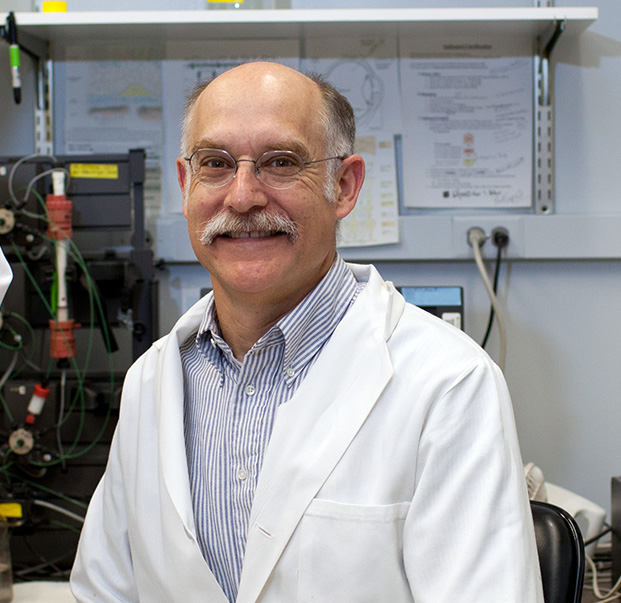Research Terms
This AAV gene therapy approach provides a one-time treatment to oxidative stress. Sustained oxidative stress can lead to a variety of pathophysiological diseases including age-related macular degeneration, diabetic retinopathy, and amyotrophic lateral sclerosis. In the United States, age-related macular degeneration affects 1.75 million people and diabetic retinopathy affects 10 million. When the human body overproduces reactive oxygen species and reactive nitrogen species, it can lead to the oxidation and degradation of proteins, lipids, and DNA in the body. This degradation of DNA and lipids can cause mutations in the DNA sequences, and damaged cellular components can induce an inflammatory reaction. Researchers at the University of Florida have developed an AAV vector that introduces a small protein into the patient’s cells that promotes the production of detoxifying enzymes in the body. The AAV vector only requires one injection to deliver the secreted and cell-penetrating protein into the patient’s tissue. Unlike current methods that require monthly intraocular injections, this treatment for age-related macular degeneration is a one-time treatment for oxidative stress.
Effective treatment for pathophysiologic diseases attributed to sustained oxidative stress, including age-related macular degeneration, diabetic retinopathy, and neurodegenerative diseases such as amyotrophic lateral sclerosis, Parkinson's Disease and Alzheimer's Disease
This AAV vector delivers a secreted and cell-penetrating peptide to inhibit reaction to oxidative stress. Nrf2-Keap1 is a signaling pathway that regulates the expression of detoxifying enzymes, or antioxidants. Keap1, by reducing the levels of the Nrf2, maintains a constant level of this antioxidant production. Researchers at the University of Florida have developed an AAV vector that acts as a delivery system to introduce a peptide that allows Nrf2 to increase detoxifying enzyme production. The peptide binds with the Keap1. As a result, free Nrf2 transcription factor is able to translocate to the nucleus of the cell and stimulate expression of detoxifying enzymes. AAV are small DNA viruses that do not integrate into the genome of the cells they infect. They are used in gene therapy treatments because of their ability to infect a wide spectrum of cells with minimal inflammatory response. This virus does not cause disease.
This small peptide expression technique effectively expresses small peptides through gene delivery in mammalian cells providing promising targets for therapeutic interventions for many pathological conditions. The use of peptides as mainstream drug candidates has been hampered by their low bioavailability, short half-life, and potential immune responses following repeated administration. Researchers at the University of Florida have designed an expression technique that allows for continuous and high-level expression of short peptides. This device can be used as a research tool for developing pharmacological agents targeting many pathological processes including hypertension, cancer, tumor-specific angiogenesis, neurodegenerative disorders, diabetes and diabetic complications. The technique also has therapeutic potential in its own right as a platform for peptide delivery.
Research of numerous biological processes in mammalian cells and treatment of various diseases using peptide-based therapies
The drug delivery market is constantly growing and changing as new developments arise. It is important to employ the most effective and efficient treatment available to patients. Currently, when the superior form or treatment is small peptides, they are unavailable to patients because they are difficult to produce in large amounts and difficult to deliver to target cells. With this technology, it is possible to continuously produce small peptides in large quantities in situ in a cost effective manner. Using this system, a plasmid will be available for use in both in vitro and in vivo studies.












































































